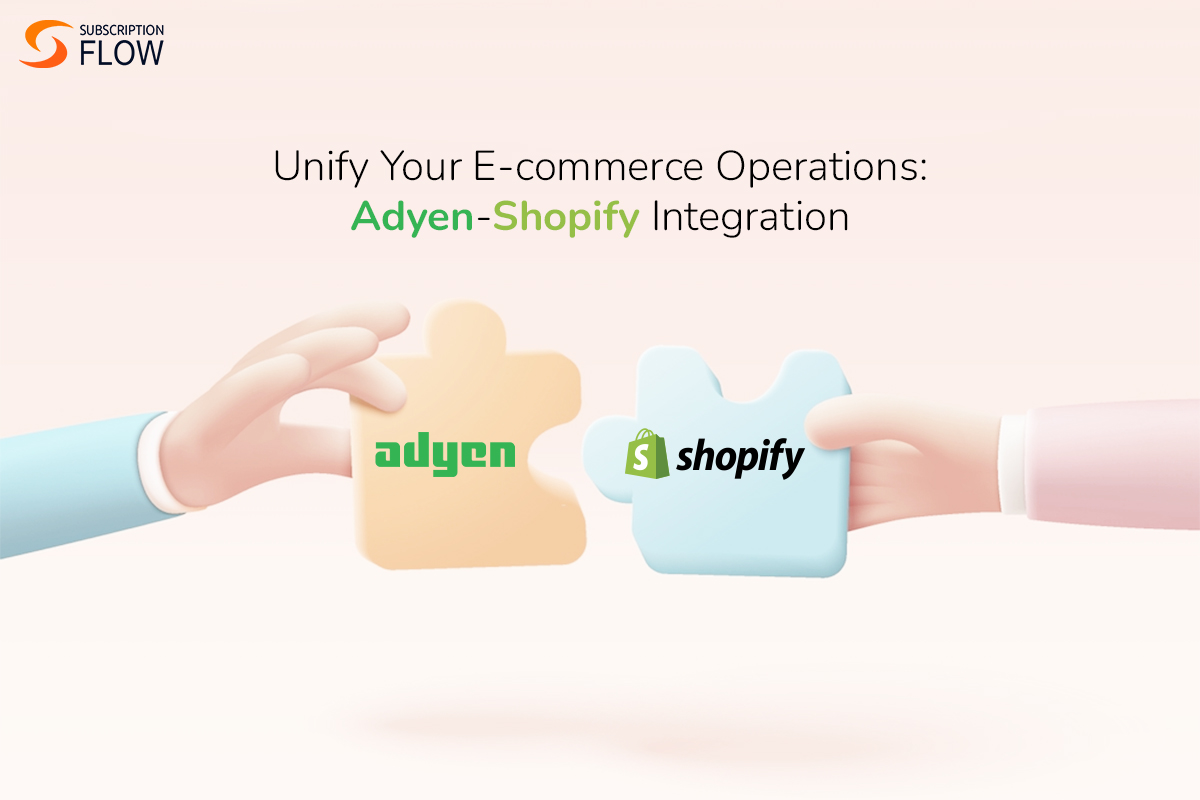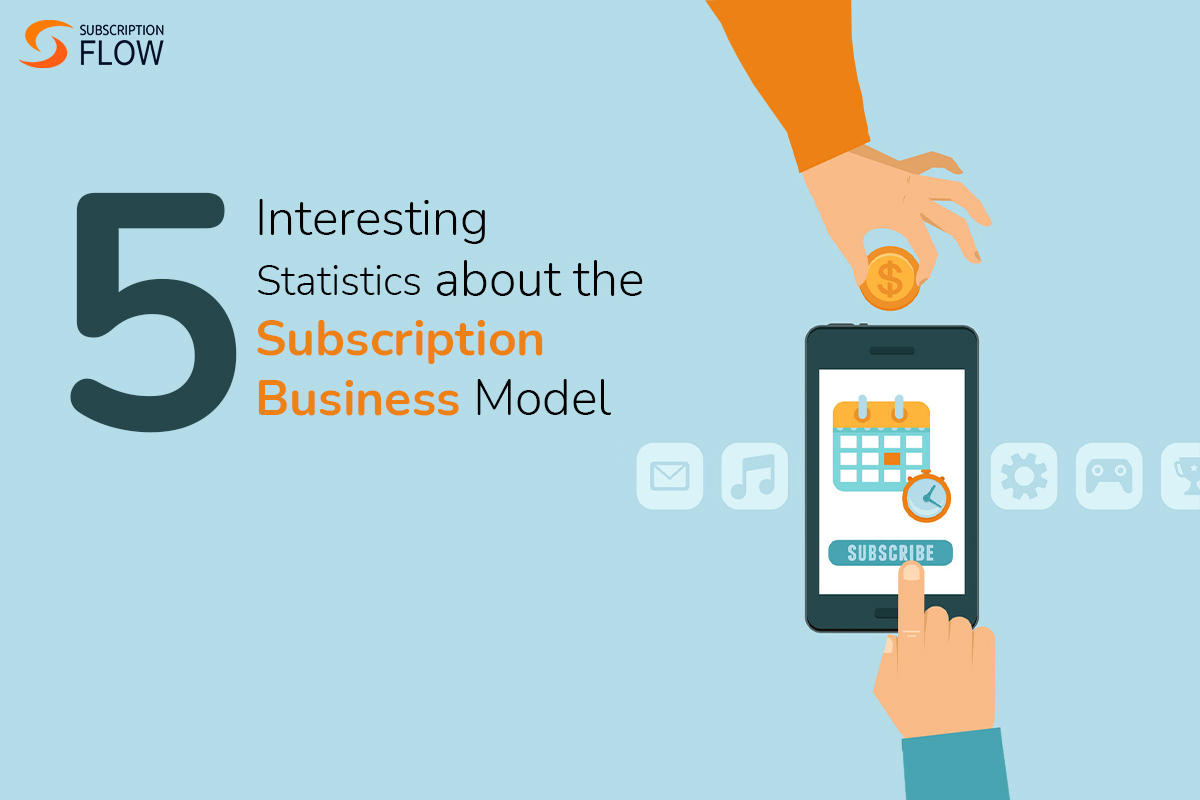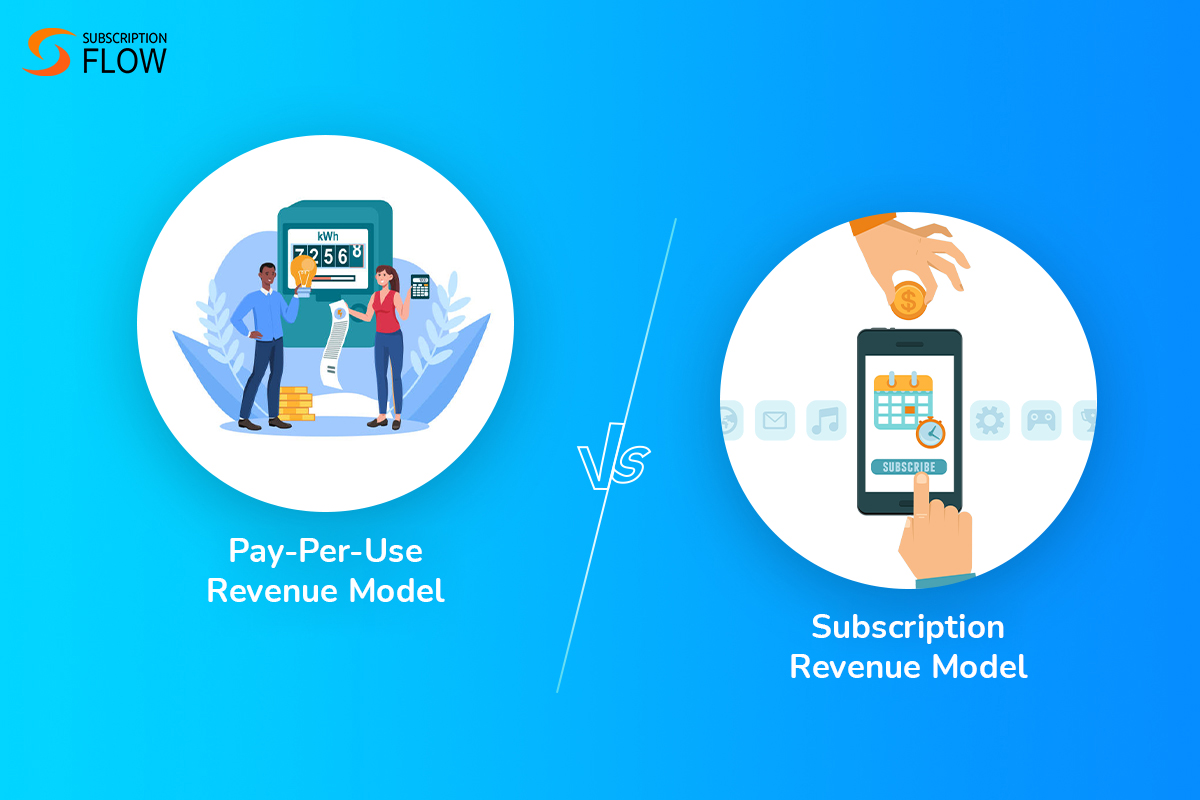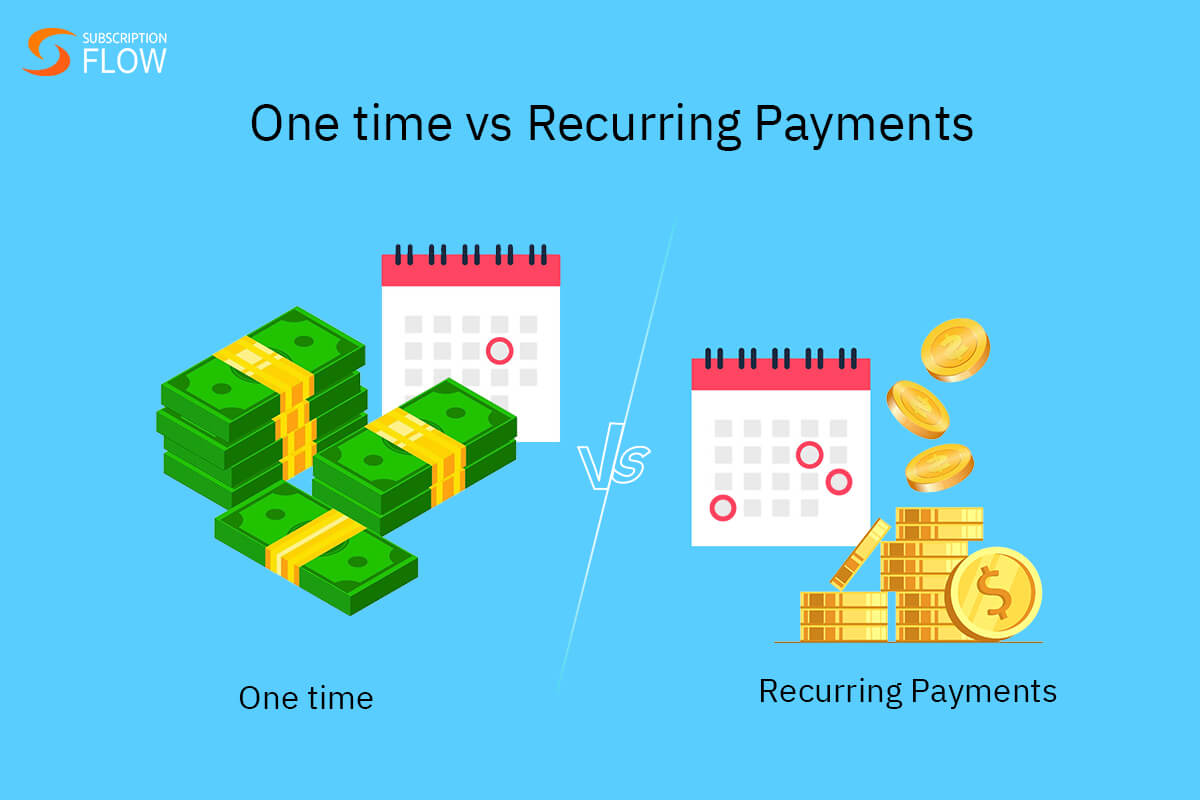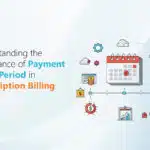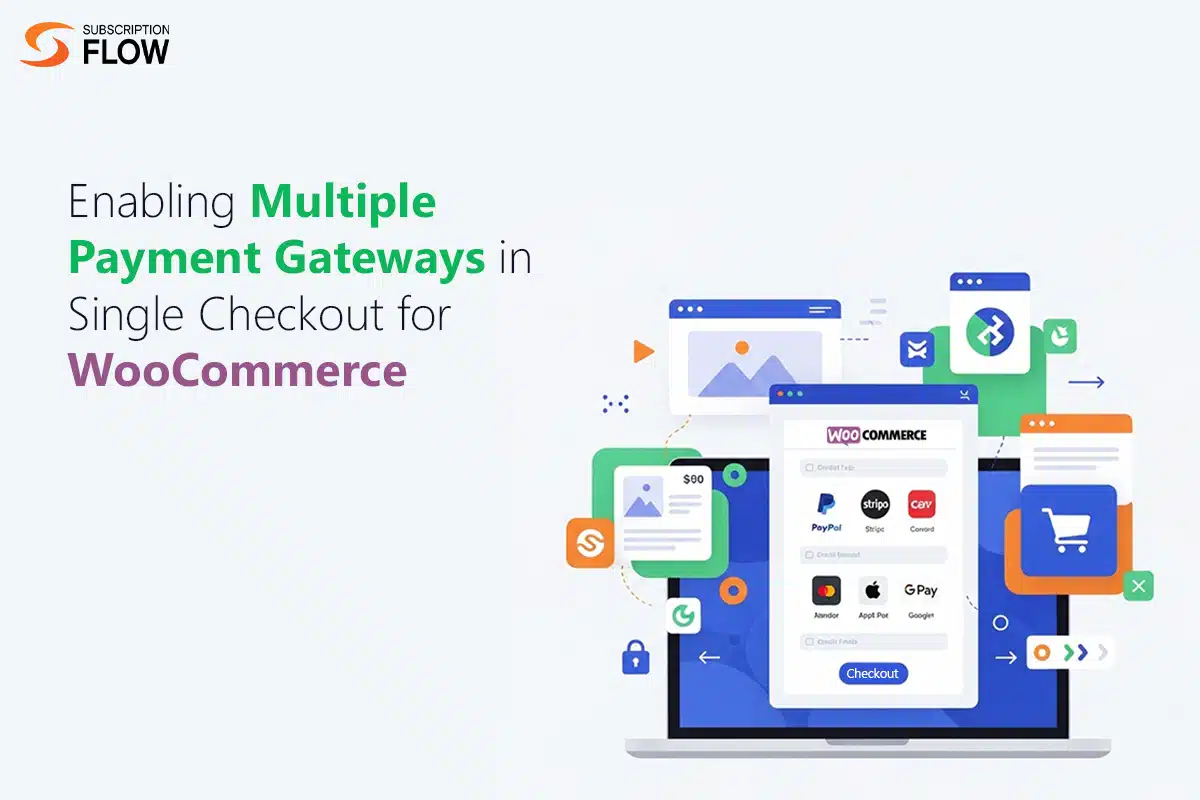
Enabling Multiple Payment Gateways in Single Checkout for WooCommerce
Imagine a customer browses your WooCommerce store, chooses the subscription they need, and opts for payment…only to find out that their preferred payment method is absent. That’s what happens when merchants offer very limited payment options, due to the unavailability of multi-gateway support.
No matter how smooth customers’ in-store experience is, this limitation hinders conversion. That’s why businesses need to overcome this limitation. They need a solution that lets them implement multiple payment gateways in single checkout, while keeping their billing organized.
Without further delay, let’s find out how WooCommerce merchants can enable the multi-gateway functionality.
Why Gearing Up with Multiple Payment Gateways Matters?
Customer acquisition is already getting challenging due to the increasing market competition. It is more unfortunate to lose customers just at the point of conversion. To combat this, merchants need to level up their WooCommerce checkout experience. Equipping checkout with multiple gateways is one powerful way to do that.
Here’s what enabling multiple gateways provides:
- Boosts acquisition of diverse customers
There’s a range of payment methods in use today. Methods like credit cards, digital wallets, direct debit, BNPL, and so on have created different consumer segments. In order to attract customers from these diverse segments, merchants need a multiple gateway stack.
Each gateway supports a unique set of payment options. By enabling many options at once, merchants get to benefit from increased conversion rates.
- Facilitates global reach
To reach customers beyond borders, businesses need to offer payment methods available in multiple countries. Otherwise onboarding global customers would become impossible. They can activate globally renowned gateways like PayPal in their checkout, and also the region-specific payment methods. These gateways together facilitate international customer acquisition.
- Mitigates risk
Sometimes, payments fail because the gateways experience a downtime. When this happens, the business cannot recover its payments until the gateway gets up and functioning again.
But by having a number of gateways active at once, this issue is avoided.
If payment through one of them fails, it can be routed through another. This way the business can minimize failures, and speed up collection.
What WooCommerce Does and Doesn’t Support
WooCommerce offers its merchants a variety of payment gateways to choose from. They can integrate as many with their checkout as needed. However, this is where the flexibility ends. In order to go one step further than this, merchants require manual workarounds or advanced tools.
So this is what WooCommerce supports:
- Customers can choose any payment method supported by the enabled gateways.
- Once a gateway is selected for subscription activation, it cannot be changed.
- Customers have to stick with the same gateway and payment method until they cancel subscription.
- In fact, in order to change gateway, there is no other option but to cancel.
Now coming toward what the platform lacks:
WooCommerce’s multi-gateway functionality works better for single-transactions, as compared to recurring payments. Because each customer’s recurring payments are tied to a single gateway, and locked in there. There’s no way to switch gateways or payment methods.
WooCommerce Subscriptions is the platform’s own plugin that is behind the provision of multiple gateways for subscription payments. But this plugin doesn’t support all gateways in the same way. This support is variable, meaning, all gateways don’t offer all features in equal measure.
For example, WooCommerce supports both Stripe and PayPal. But, it doesn’t control how they function. It relies on their own capabilities. Now whereas Stripe allows merchants to change the recurring payment dates of their customers, PayPal (standard) doesn’t.
This means that both don’t work the same for merchants. Merchants have to make a choice between different gateways based on their features. If they choose a gateway that lacks support for must-have recurring payment features, they risk losing subscribers.
What’s the Solution for Enabling Multiple Gateways in Single Checkout?
The solution is to connect with a subscription billing app. SubscriptionFlow is a robust subscription billing engine that integrates with top ecommerce platforms. By connecting SubscriptionFlow with WooCommerce, merchants can improve the recurring payment features of their stores.
Here’s how they can do it:
- Set up a personalized custom checkout
Since WooCommerce native checkout doesn’t let merchants access advanced gateway functionalities, they can do that with SubscriptionFlow. The software offers its custom checkout that businesses can personalize without requiring technical expertise. It is user-friendly and quick to set up and utilize.
Once the custom checkout is all set, new customers are redirected to it automatically.
- Enable the gateways of their choice
Unlike the native checkout, the custom checkout doesn’t pose any barriers. Merchants can enable all the gateways they want, and allow customers to pay through any. But customers are not tied to one gateway.
In SubscriptionFlow, merchants can change the customer’s payment gateway or allow customer to change their payment method themselves—no subscription cancellation required. Only a minor adjustment does the job.
- Activate all payment methods at once
Merchants can also enable all of the supported payment methods at the same time. With this option, they don’t have to manually select from a range of methods to enable. This also presents customers with more payment option variety, and they can easily choose the one they prefer. Their payment is routed via the relevant gateway automatically.
- Leverage smart payment routing
Smart payment routing is needed in the event of gateway failures. With SubscriptionFlow’s custom checkout, merchants don’t need to rely on one gateway per subscription. They can simply direct payments through other channels if one gets blocked.
- Accept multiple currencies
Allowing customers to pay in their own currency is important. It lets them understand their charges better, and paves the way for fairer billing. SubscriptionFlow supports a large number of currencies and generates invoices in the selected ones.
- Route payments based on location and cost
Payment gateway rules can be configured in SubscriptionFlow. Then, customers’ payments can be routed automatically through the gateways operating in their region. Merchants don’t have to manually memorize which gateway is available in which country.
Also, payments can be routed based on their amount as well. For instance, you set a payment amount limit, and any payment reaching or exceeding that limit can be routed through a specific gateway. Merchants can utilize this feature to route high value payments through gateways with lower processing fees, for making more profits.
- Retry failed payments
Failed payments are painful to manage without auto-retry support. SubscriptionFlow allows merchants to retry payments from various gateways to speed up recovery. They can also customize their retry schedule, and choose, for example, whether to make one retry attempt per day, or twice per day, etc.
How to Use Multi-Gateway Functionality the Right Way
After enabling multiple payment gateways for recurring payments, consider following these best practices:
- Display gateways based on location and subscription type
It is best to display those gateways first that work in a customer’s region better, and if they have a higher payment success rate. For instance, offering PayPal to US-based customers and SEPA to Europe-based customers first. This can be done by configuring the gateway settings in SubscriptionFlow.
Moreover, if customers subscribe to an expensive subscription tier, merchants can control which payment options they see. For instance, ACH can be displayed as the preferred payment method instead of cards. That’s because ACH has lower processing fees.
- Encourage customers to change payment method upon failure
Sometimes payments fail because the customers’ chosen payment option gets expired or lacks funds. In this case, they can be sent automated messages that prompt them to change their payment method. Customers simply have to go to their self-service portal, and update their method with only a few clicks.
- Offer transparent pricing for multiple currencies
If the billing software supports multiple currencies, then it is best to leverage them. Charging in the standard currency only can appear rigid and unfair. For enabling different currencies for customers, it’s important to keep the billing amounts transparent. Customers should know exactly how much they will be charged each cycle.
Moreover, the subscription charges should be locked in after currency conversion. So that customers are charged the same amount each cycle, and that their charges don’t keep on fluctuating along with the currency conversion rates.
Ready to boost conversions for your WooCommerce store? Join SubscriptionFlow today, and implement multiple payment gateways in single checkout. Give your subscribers the best payment experience.


